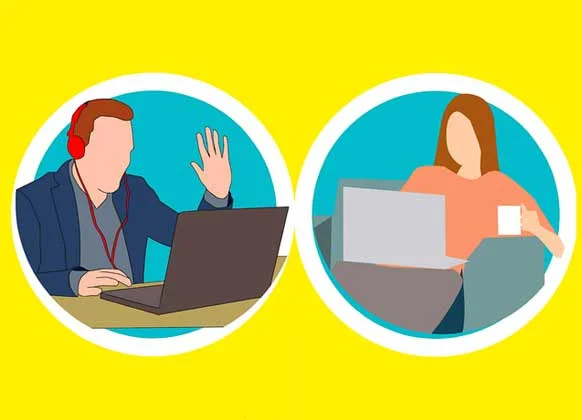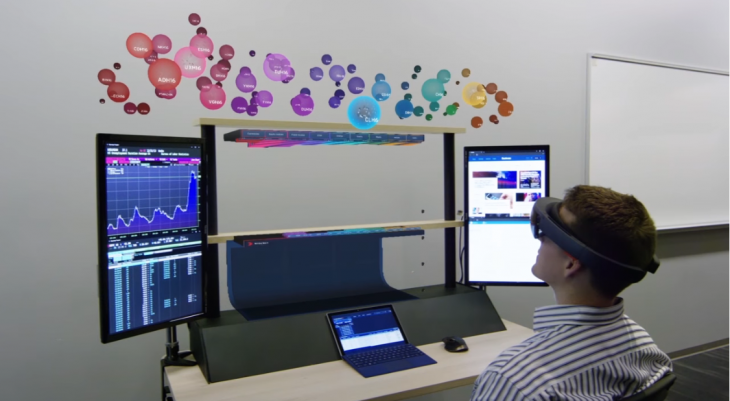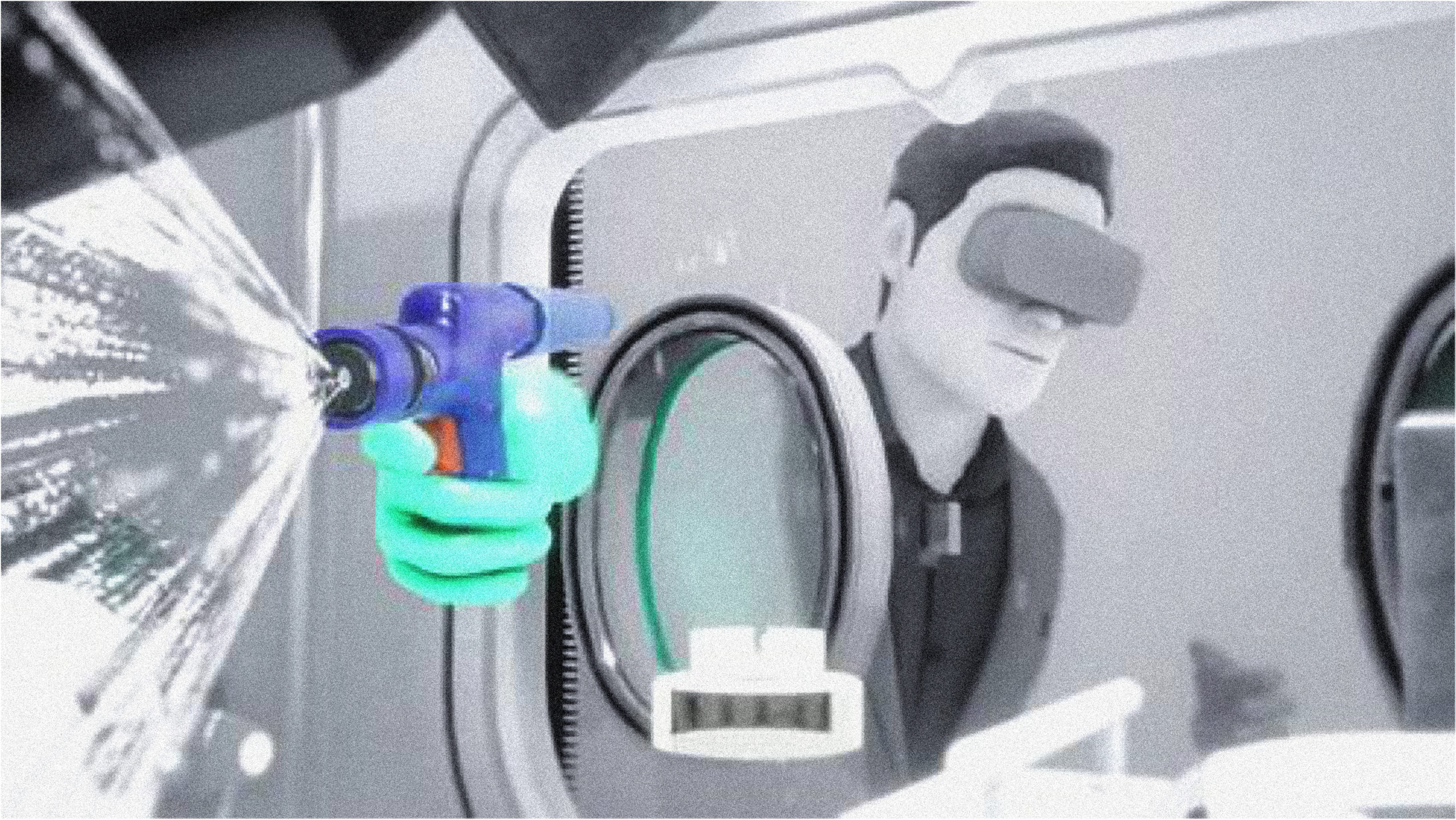The role of HR has been elevated during this turbulent time for business, as organisations have realised the true value of their people. A ‘virtual world of work’ has become today’s reality rather than tomorrow’s possibility for many sectors, and HR professionals will be crucial to helping employees adapt to their changing roles. Particularly for creative companies, collaboration is at the heart of all business processes. This means that a large part of building individual and organisational resilience in the hybrid working world will be keeping dispersed workforces operating as one.
Virtual reality (VR) can enable meaningful remote collaboration and provide an in-person experience, immersing users in realistic, simulated environments that allow them to work together, regardless of their physical working location. As recently as last year the widespread use of this technology may have seemed a way off, but recent events have accelerated change; remote virtual collaboration is rapidly moving from a ‘nice to have’ to a ‘need to have’.
Virtually ‘present’
Learning and development will be essential as organisations transition to a hybrid – or, in some cases, entirely remote – business model. Even in companies where it is not possible to operate completely remotely, it may become more common for training to be conducted off-site before workers apply these skills in the work environment. The challenge of taking highly interactive processes – such as onboarding, reskilling and upskilling, and even safety and medical training – online will fall to HR leaders, and VR may hold the answers.
Rather than simply providing an alternative to traditional training programmes, VR has the potential to scale and enhance these processes. We learn best by doing and, with the right software and hardware, workers can be transported to realistic training environments that allow them to gain ‘hands-on’ experience without the risk of any real-life implications.
This immersive experience is referred to by VR users as ‘presence’, and is extremely valuable in improving engagement and retention. But there is a limit to how real a simulated environment can be if you’re experiencing it on your own, and team training is where VR really comes into its own.
Team training
Learning tends to be best when it’s a collaborative process. With its roots in gaming, VR has interactive, collaborative problem solving at its heart. Users can inhabit the same virtual space and work together, creating a sense of ‘co-presence’. Although having large teams in one ‘room’ may not always be viable, it is possible to have some users in VR, while other team members view a 2D version of the session. In this way, virtual training can help companies uphold the valuable practices of observing others.
VR also has huge potential when it comes to soft skills training, as these skills cannot be developed in isolation. The wealth of actionable qualitative data captured by this technology, not only on trainees progress but on training programmes themselves, cannot be matched by surveys and webinars.
Working together, apart
As businesses plan for a future in which employees are split between remote and onsite working, HR leaders will need to think tactically and strategically to find new ways to enable meaningful collaboration. And as sustainability becomes more of a business priority, global collaboration without travel will also be important. VR is the right tool for the right job: although it may not be necessary, or cost-effective, to conduct every team meeting using VR, in some cases, a video call just won’t cut it.
Sharing a vision
Certain roles and organisations will require VR more urgently than others, particularly in industries such as architecture, engineering and construction (AEC), design and manufacturing, and event and facility planning.
Team coordination and collaborative design will benefit hugely from the use of VR. When designing products and environments, this technology allows teams to immerse themselves in their project. The combination of 3D imagery and sound provides a sense of space and perspective that cannot be gained from an image on a screen.
Contrary to the concern that remote working may threaten collaborative working, with the use of VR, companies can go beyond the limits of face to face meetings and brainstorming sessions and improve on these interactions.
The time for VR is now
Facing a challenging business environment and an uncertain future, many companies will understandably be focussed on immediate survival. But now is the time to be bold, and to plan for future growth. HR professionals will be vital in leading organisations as they navigate their way forward, bringing together disparate workers and technology to create new ways of working.
VR will play a crucial role in helping employees and organisations to thrive in an unfamiliar working world. And the benefits of this technology are not limited to HR responsibilities; they can extend to finance, operations and beyond. If deployed correctly, VR could become a part of operational DNA.
Quelle:




